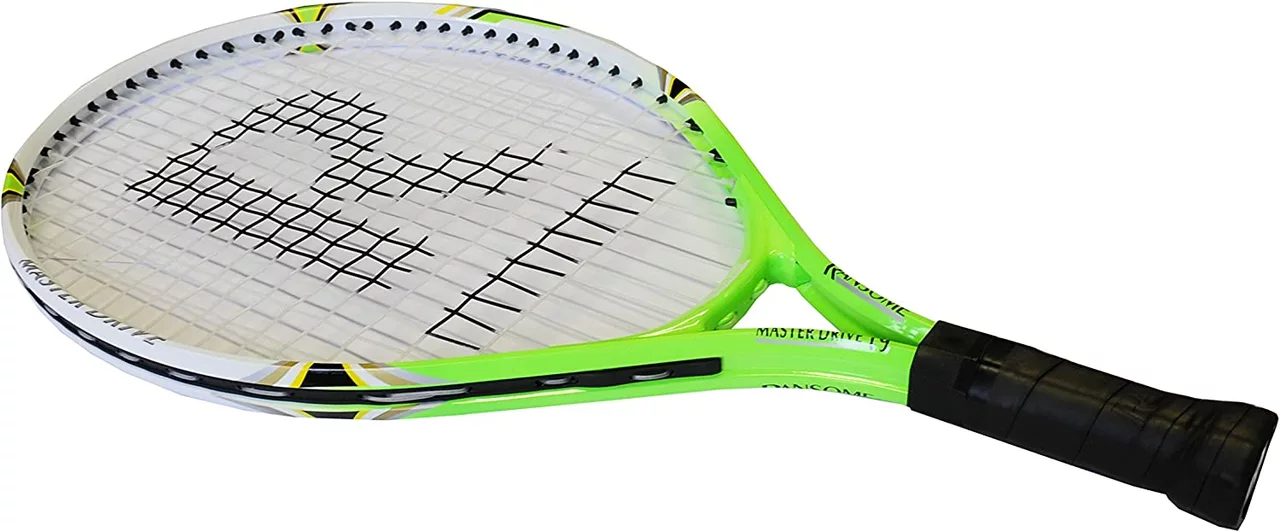
A Comprehensive Guide to Choosing the Best Tennis Racket for Beginners
If you're new to tennis, you may be overwhelmed by the sheer number of tennis rackets out there. It can be tough to decide which racket is right for you. This guide will go over the key factors to consider when choosing a tennis racket and provide some recommendations for beginners.
Grip Size
The grip size of a tennis racket is the circumference of the handle. It’s important to choose a racket with the right grip size for your hand. If the grip size is too small, you won’t be able to hold the racket properly, which can lead to wrist and elbow strain. On the other hand, if the grip size is too large, you won’t have the control you need to make precise shots.
Most adult rackets have a grip size of 4 3/8 inches, 4 1/2 inches, or 4 5/8 inches. If you’re unsure of your grip size, you can measure your hand with a ruler or tape measure. Wrap the ruler or tape measure around the palm of your hand and measure the distance between your thumb and index finger.
Head Size
The head size of a racket is the size of the hitting area. Larger head sizes provide more power, while smaller head sizes offer more control. Beginners should look for a racket with a head size of 100 to 115 square inches. This is a good compromise between power and control and will make it easier for new players to get the hang of the game.
Weight
The weight of a tennis racket is measured in grams. Most adult rackets range from 270 to 320 grams. Heavier rackets are easier to control, but can be more tiring to use. Lighter rackets are more maneuverable and require less effort, but can be harder to control.
For beginners, a racket that’s between 270 and 300 grams is ideal. This will give you the control you need without tiring you out too quickly. If you find the racket too light, you can always add weight to it.
Balance
The balance of a tennis racket is measured in points. A racket is considered head-heavy if it has more weight in the head than in the handle. Head-heavy rackets are more powerful and easier to control, but they are also more tiring to use. Head-light rackets are more maneuverable, but can be harder to control.
For beginners, a racket with a balance point of between 320 and 350 points is recommended. This will provide a good balance between power and control and make it easier for new players to learn the game.
String Pattern
The string pattern of a racket is the number of strings per inch. Open string patterns have fewer strings and provide more power, while closed string patterns have more strings and provide more control. Beginners should look for a racket with an open or medium string pattern. This will provide the power and spin you need to hit shots accurately.
Recommended Rackets for Beginners
The Wilson Pro Staff 97 is a great choice for beginners. It has a head size of 97 square inches, a grip size of 4 1/2 inches, and a balance point of 340 points. It also has an open string pattern, which provides good power and spin.
The Babolat Pure Drive is another popular choice for beginners. It has a head size of 100 square inches, a grip size of 4 1/2 inches, and a balance point of 325 points. It's also lightweight, making it easier to maneuver.
The Yonex EZONE 100 is a great option for beginners. It has a head size of 100 square inches, a grip size of 4 1/2 inches, and a balance point of 330 points. It's lightweight and has an open string pattern, making it easy to control and generating plenty of power.
How to Determine the Best Tennis Racket for Beginners
Choosing the right tennis racket can be a daunting task, especially if you're new to the game. With so many different types and brands to choose from, it can be difficult to know which racket is best for you. The good news is that there are a few simple steps you can take to determine the best tennis racket for beginners.
1. Consider Your Skill Level
The first step in choosing the best tennis racket for beginners is to consider your skill level. Are you a beginner who is just starting to learn the game, or have you been playing for a while and are now looking to improve your game? Depending on your current skill level, you'll want to select a racket that is suited for your level of play. For example, if you are a beginner, you'll want to choose a racket that provides more power and control, while more experienced players will want to choose a racket that is more suited to their style of play.
2. Choose the Right Frame and Head Size
The next step is to choose the right frame and head size for your racket. Generally speaking, larger head sizes provide more power, while smaller head sizes provide more control. Additionally, lighter frames provide more power, while heavier frames provide more control. Depending on your playing style, you may want to choose a racket with a larger head and lighter frame, or you may want to choose a racket with a smaller head and heavier frame. It is important to consider both the head size and frame when choosing a racket.
3. Consider Your Swing Style
Another important factor in choosing the right tennis racket is to consider your swing style. Different rackets are designed for different swing styles. For example, if you are a more aggressive player, you'll want to choose a racket with a larger head size and a lighter frame. If you are more of a control player, you'll want to choose a racket with a smaller head size and a heavier frame. Knowing your swing style will help you choose the best racket for your playing style.
4. Test Out Different Rackets
Once you have narrowed down your choices based on your skill level, frame and head size, and swing style, it's time to hit the court and test out some different rackets. This is the best way to determine which racket is best for you. Try out different brands and models and compare how they feel. Consider factors like comfort, power, control, and spin when testing out the different rackets.
5. Ask for Advice
Finally, don't be afraid to ask for advice when selecting a tennis racket. Talk to experienced players, coaches, and even salespeople to get their opinion on which racket is best for you. They can offer valuable advice and help you find the perfect racket for your game.
Exploring the Benefits of Different Tennis Rackets for Beginners
Are you just starting out with the game of tennis and looking for the right racket to get you going? Choosing your first racket can be intimidating, but it doesn't have to be. Here, we'll explore the benefits of different types of tennis rackets for beginners.
The first thing to understand is that there isn't one "perfect" racket for everyone. Everyone has different skills, playing styles, and preferences. What's best for one person may not be the best option for another. That said, there are still some basic factors to consider when selecting a racket.
Power vs. Control
One of the key decisions to make when choosing a racket is deciding whether power or control is more important. If you're looking to hit powerful shots, then a racket with a large head size may be best. This will give you more power and help you hit the ball further. On the other hand, if you're looking to improve your accuracy, then a racket with a smaller head size may be a better choice. This will give you more control and help you direct the ball to the desired location.
String Tension
Another factor to consider is the string tension. Higher tension strings are better for beginners because they help to generate more power. However, the downside of this is that the strings are less forgiving, which can make it difficult to control the ball. Lower tension strings, on the other hand, are more forgiving and allow for better control. However, the downside is that the strings don't generate as much power.
Weight
The weight of the racket is another important factor. A lighter racket is better for beginners because it's easier to swing and control. On the other hand, a heavier racket can generate more power. It all comes down to your own preferences and what feels comfortable in your hands.
Grip Size
Finally, the grip size is something to consider. If the grip is too small, then you won't be able to comfortably hold the racket and you won't be able to generate as much power. On the other hand, if the grip is too large, then you may not be able to control the racket properly. It's important to find a grip size that feels comfortable and allows you to generate power while also being able to control the racket.
Choosing the right tennis racket for you can be intimidating, but it doesn't have to be. By understanding the different benefits of different types of rackets, you can make an informed decision and find the perfect racket for you.

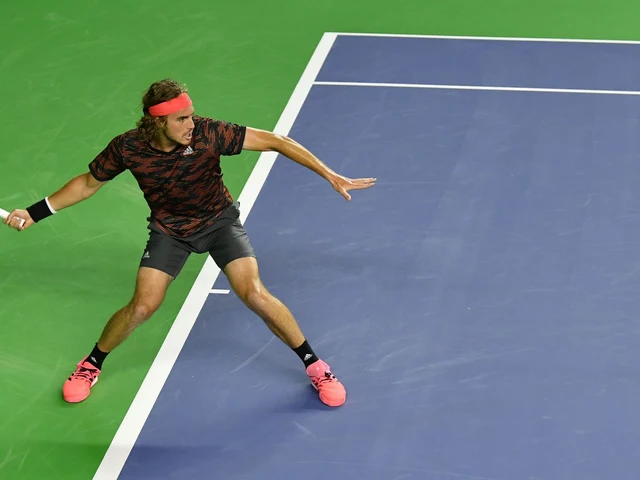
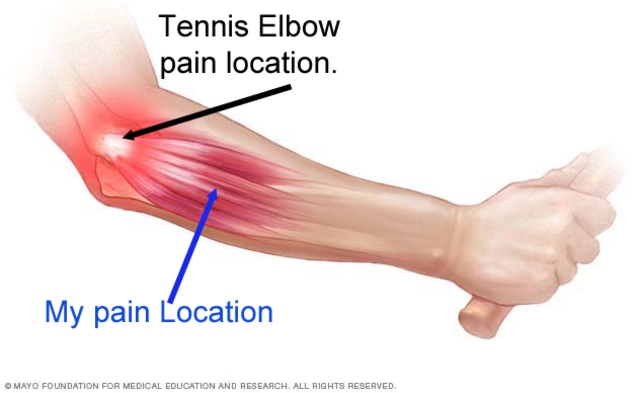

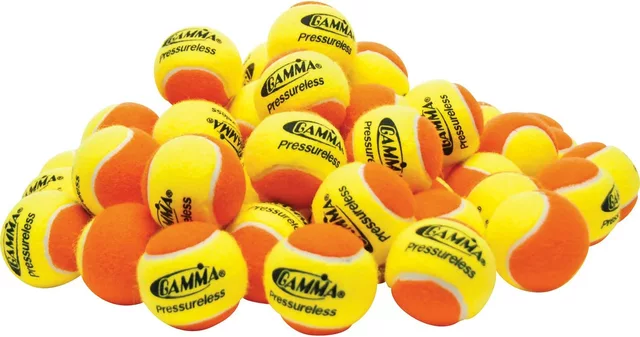
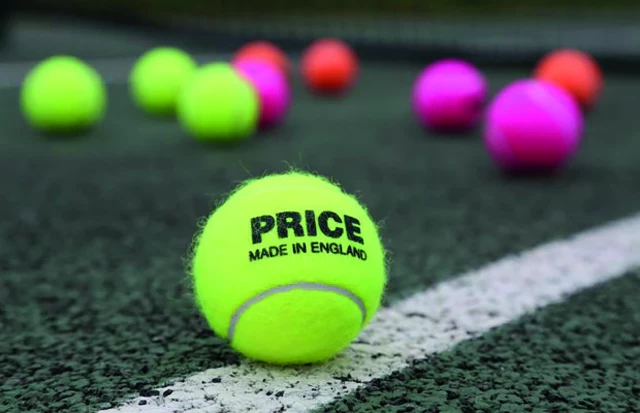
Write a comment